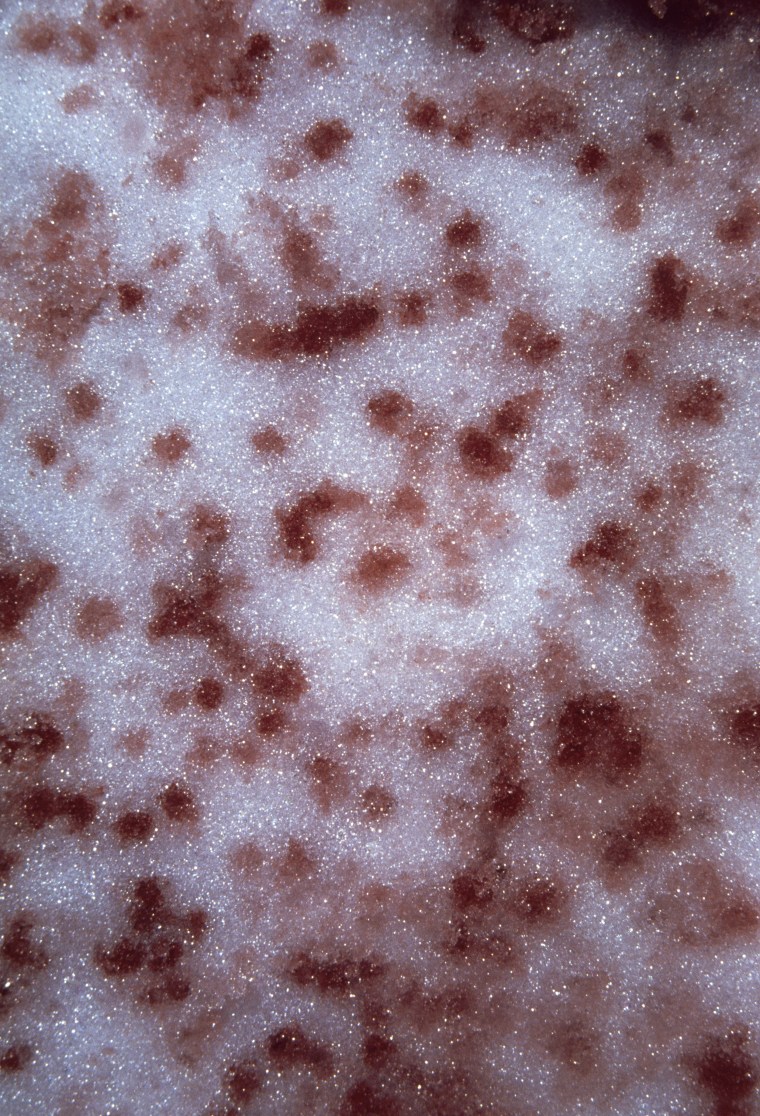Watermelon is synonymous with summer. Watermelon snow? Well, that’s something else entirely.
Red-tinted snow, referred to as watermelon snow, has appeared at California's Yosemite National Park.
"It may be August, but there is still plenty of snow and ice above 9,500 feet! This reddish colored snow is often called watermelon snow. The red or pink color is the usually green algae's natural sunscreen, protecting itself from too much heat and damaging UV radiation,” the park tweeted.
Watermelon snow, which can also be referred to as blood snow or red snow, according to Smithsonian.com, is the result of heat.
"Midsummer is the best time of the year to see them, if you live in a high-altitude or Arctic clime with snowbanks that stubbornly refuse to yield to the sun," is how Scientific American referred to the odd-colored snow in 2013.

“In snowy places across the globe, ‘watermelon snow’ forms as the summer sun heats up and melts winter’s leftovers,” The New York Times reported in 2016. “The colorful snow is made up of communities of algae that thrive in freezing temperatures and liquid water, resulting in algal blooms. When these typically green organisms get a lot of sun, they produce a natural type of sunscreen that paints the slopes pink and red. The addition of color to the surface darkens the snow, allowing it to heat up faster, and melt more quickly.”
Even though it sounds sweet, you probably shouldn't eat watermelon snow.
"Although it probably isn't harmful to eat, we certainly don't recommend it," Scott Gediman, public affairs officer for Yosemite National Park, told TODAY in an email.
"Like the water in the high country streams, it is probably safe to drink. However, we highly recommend treating all water before drinking since there is the possibility of giardia, a bacteria that can make you very sick. Therefore, all snow (watermelon or not) should be treated before consuming," said Gediman.
And while a lot of people may not necessarily be familiar with watermelon snow, it has been spotted before.
The algae that makes up watermelon snow, officially known as chlamydomonas nivalis, is actually not red when viewed up close, but rather green.
"These algae must contend with intense UV bombardment, they need sunscreen to protect their light-harvesting molecule chlorophyll, and lots of it," reports Scientific American.